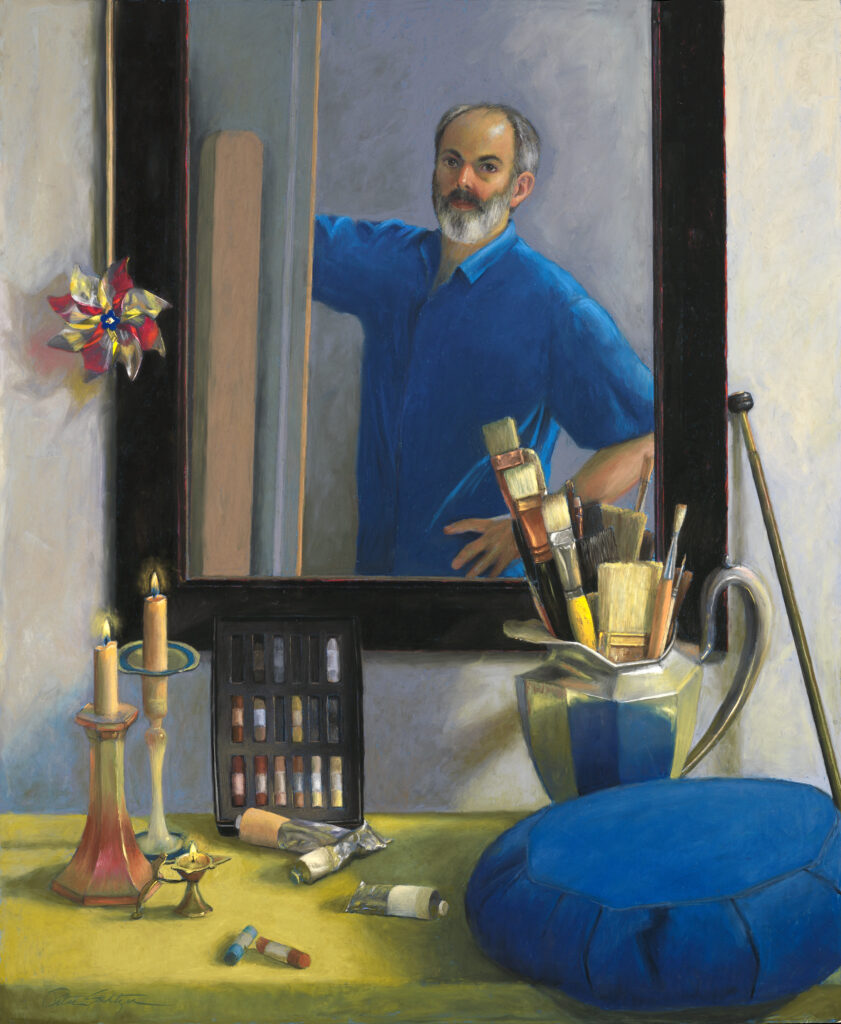

Peter Seltzer PSA-MP, HFH, Finding Myself
Classes have a maximum of 12 students. Working in the glorious Victorian building of The National Arts Club that was once the residence of Governor Tilden, Monday through Saturday, students have the opportunity of selecting classes year-round in all genres: portrait, figure, still life, florals, landscape, cityscape, and preliminary drawing for pastels. It is the only art school devoted exclusively to the medium of pastel.
Coming: PSA School for Pastel catalog 2024.
| Day | Time | Genre | Instructor |
| Mondays | 1:30pm-4:30pm (ET) | Finding Your Freedom Through Observation, Exploration and Joy (Zoom) | Adrian Giuliani PSA |
| Mondays | 5:30pm-8:30pm (ET) |
Pastel Landscapes and Still Life (Studio) |
Georgette Sinclair |
| Tuesdays | 10:00am-12:30pm (ET) |
Thinking in Color: Drawing with Color Pencil, (AM, Studio) |
|
| Tuesdays | 1:00pm-3:30pm (ET) |
Figure Drawing in Charcoal and Graphite, (PM, Studio) |
Nancy Johnson |
| Wednesdays | 3:30-6:30pm (ET) |
Flowers, Faces, and Still-Life (Hybrid) |
Wennie Huang PSA |
| Thursdays | 1:00pm-4:00pm (ET) |
Color and Composition (Hybrid) |
Maceo Mitchell PSA-MP, HFH |
Registration Process:
Please email the PSA office with your request to register stating the instructor and program to ensure there is a spot open for you.
psaoffice@pastelsocietyofamerica.org
After registration via email, you will be instructed to pay via the PayPal button on the website by choosing the “other” option. Registration and full payment must be made two business days prior to the program’s start day.
PSA will process registration requests in the order they are received, emailing a confirmation soon after.
Fees: 6 Classes $210; Single Class $45 (subject to change without notice). Classes are ongoing and year-round.
